Businesses and residents of Small Island Developing States (SIDS) face challenges accessing reliable and affordable electricity. In some island villages, residents and guests are still living without electricity at all, due to the prohibitive cost and complex infrastructure that prevent reliable fossil fuel delivery. This blog looks at why this is, and what can be done about it.
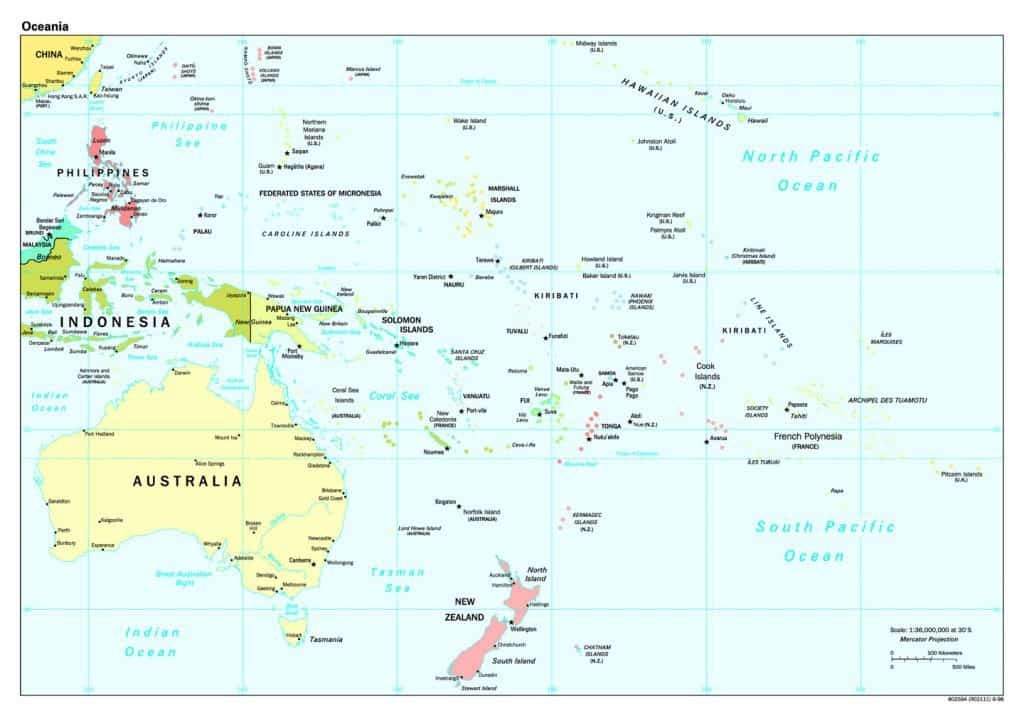
The Cost of Fuel on Islands versus main lands:
Common modern conveniences such as air conditioning, lighting, cooking, refrigeration and water heating are traditionally powered by fossil fuel (diesel) generated electricity. The major hurdle with power being provided this way to Small Island Developing States (SIDS) is cost. The cost of the fuel itself is high, but the additional high tariffs on imported fuel compound the cost barriers. Therefore, energy consumer costs on an island, such as Fiji, are significantly higher than the global average for larger land-connected countries.
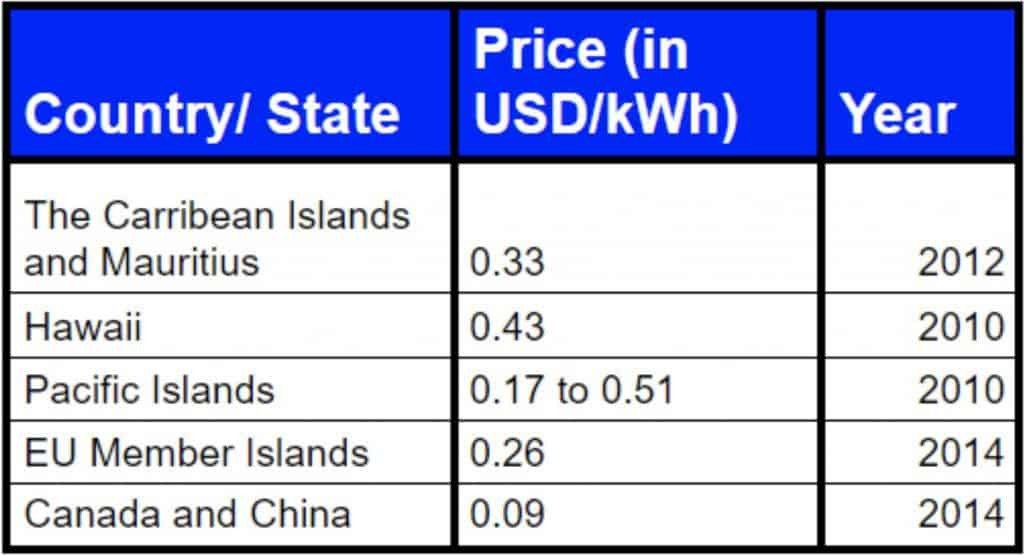
The Caribbean Islands and Mauritius, in 2012, had an average cost of USD 0.33/kWh. In 2010, Hawaii was paying an average cost of USD 0.43/kWh for electricity. The cost of electricity in the Pacific Islands in 2010 was quite volatile, at times as low as USD 0.17/kWh to as high as USD 0.51/kWh. Compare these prices to the 2014 EU member states (USD 0.26/kWh), Canada and China (USD 0.09/kWh), and that is a substantial cost difference.
Additional Power Challenges for Small Island Developing States:
Not only does traditional fossil fuel electricity present problems in terms of cost to SIDS, but the environmental impact of using fossil fuels for energy is also substantial. Air and water pollution result from combustion and spillage. The tourism industry alone contributes about 5% of global greenhouse gas (GHG) emissions, which has a long-term negative environmental impact.
Beyond this, there are entire communities in some of these island countries, like Fiji, that are still operating without electricity due to prohibitive cost and difficult to overcome infrastructure limitations.
Governments of SIDS are recognizing the environmental impact of using fossil fuels, as well as the need to provide electricity to remote villages currently without access. These nations are now pursuing renewable energy policies that will protect the fragile ecosystems, as well as help lower the overall cost of providing energy.
Types of Renewable Energy on SIDS:
There are four primary types of renewable energy technology that are generally available to SIDS:
- Solar photovoltaic (PV)– This type of system produces electricity from the sun, usually replacing diesel-generated electricity.
- Solar Water Heating (SWH)– This type of system uses solar heat to warm up domestic water, usually replacing electric water heaters.
- Solar Air Conditioning (SAC)– This type of system uses solar heat to provide heating and cooling, typically replacing HVAC or traditional electric chillers.
- Sea Water Air Conditioning (SWAC)– This type of system uses cold water from the ocean depths to provide air conditioning to hotel rooms and facilities, generally replacing HVAC units and traditional electric chillers.
Common Renewable Energy Objections:
Implementing renewable energy technologies on SIDS won’t take off without public awareness and educational campaigns. Many people still believe the challenges are higher than the rewards. Every situation is unique and it’s critical that every municipality, business and facility evaluate the feasibility of all options before assuming green technologies are prohibitive.
- Upfront Cost– Depending on the renewable energy technology (RET) that is being considered, the cost may seem prohibitive at first look. The initial investment requires that cash is provided upfront, which may be difficult to obtain in some situations. Studies show that the cost can be recouped quite quickly, depending on the type of RET, in lowered energy bills. New financing options, governmental programs and investor assistance are all being developed continuously.
- Knowledge Gaps– Installation of RET’s require skilled construction workers and electricians, which may or may not be available on some islands. This is where finding an experienced Engineering, Procurement and Construction (EPC) partner is important.
- Competitive Suppliers– While there is often at least one renewable energy supplier available, the market is still very new on these islands, resulting in a lack of competition. At times this can result in higher than typical costs, which may be found to be prohibitive. Luckily more players are entering the market as SIDS are realizing renewable energy is their best alternative.
Conclusion:
Meeting the energy needs of SIDs is challenging, but affordable, reliable and sustainable technologies are available. Governments, international trade partners, suppliers and investors are all joining forces to power islands with renewable energy. For example, Fiji’s aggressive renewable energy goal of 99% by 2030 will require bold vision and collaboration among committed partners.
Vision Energy Solutions (VES) is your expert resource for implementing and executing Small Island Developing States (SIDS) renewable energy projects. VES offers a broad range of power generation solutions. We will assess your unique circumstances to determine if a traditional grid-connected system, off-grid battery storage system, micro-grid or hybrid solution will be best suited for your needs.
Our integrated turnkey services will ensure your project is well-managed. Experts are available in project development, financing, engineering, procurement and construction (EPC), operation and maintenance (O&M), and intelligent energy management systems (EMS.)
Let’s discuss your energy needs to determine what’s possible.
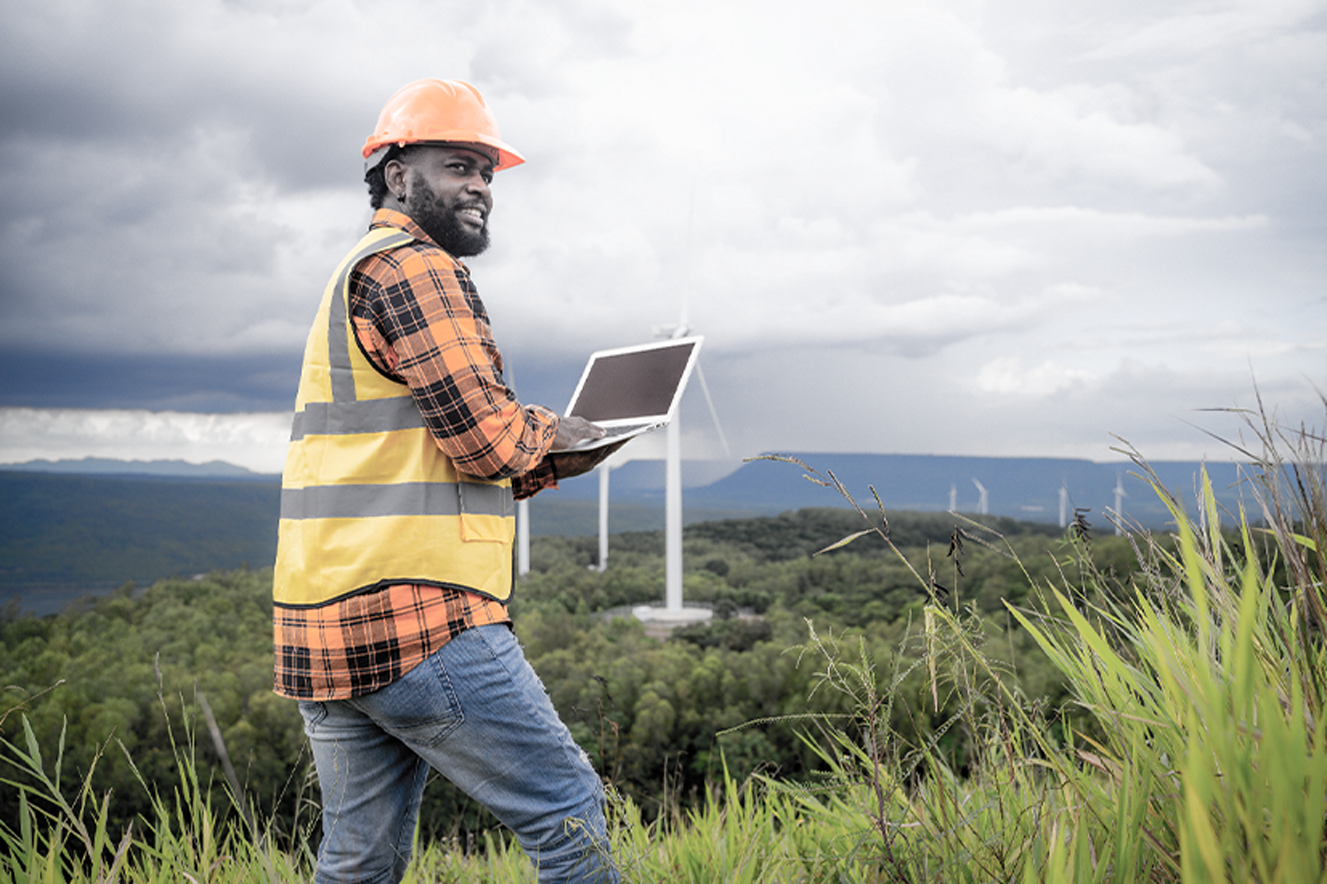
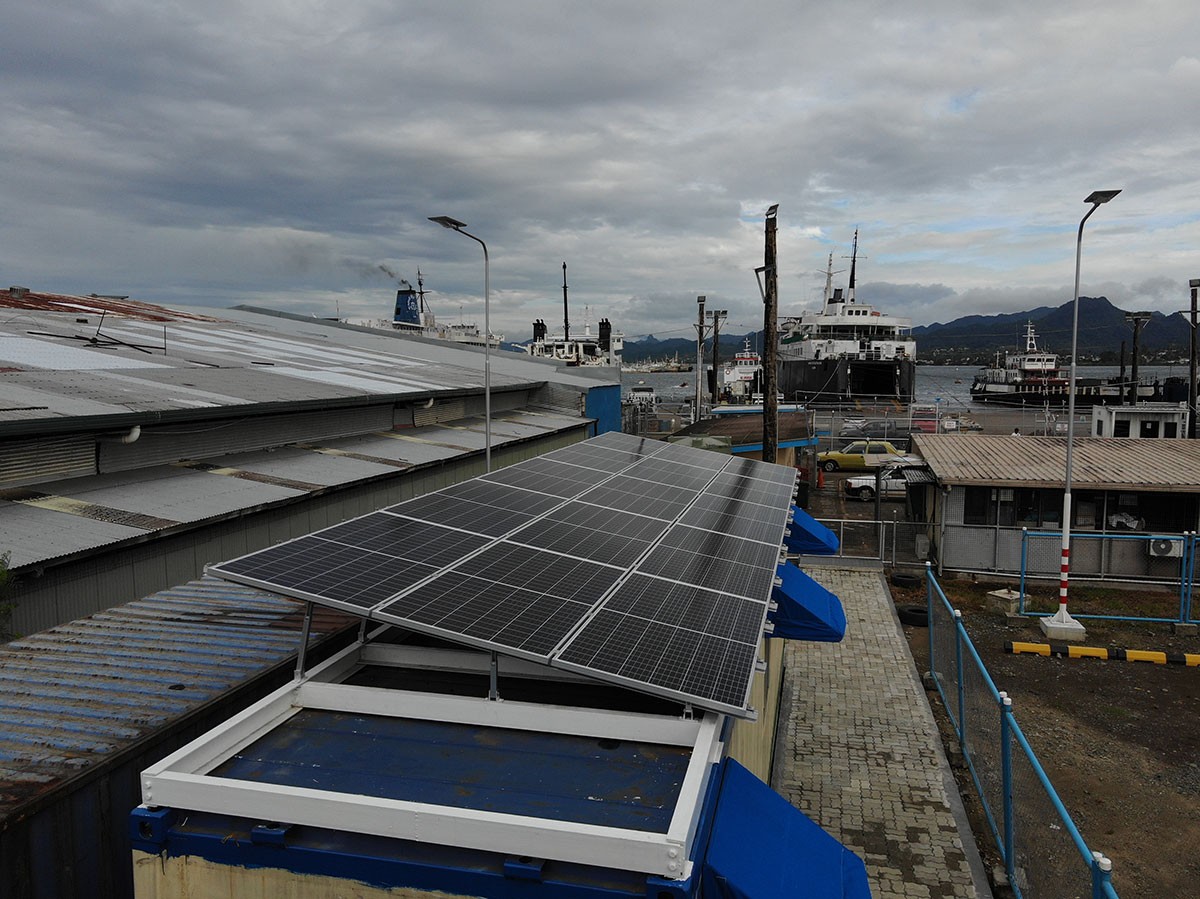

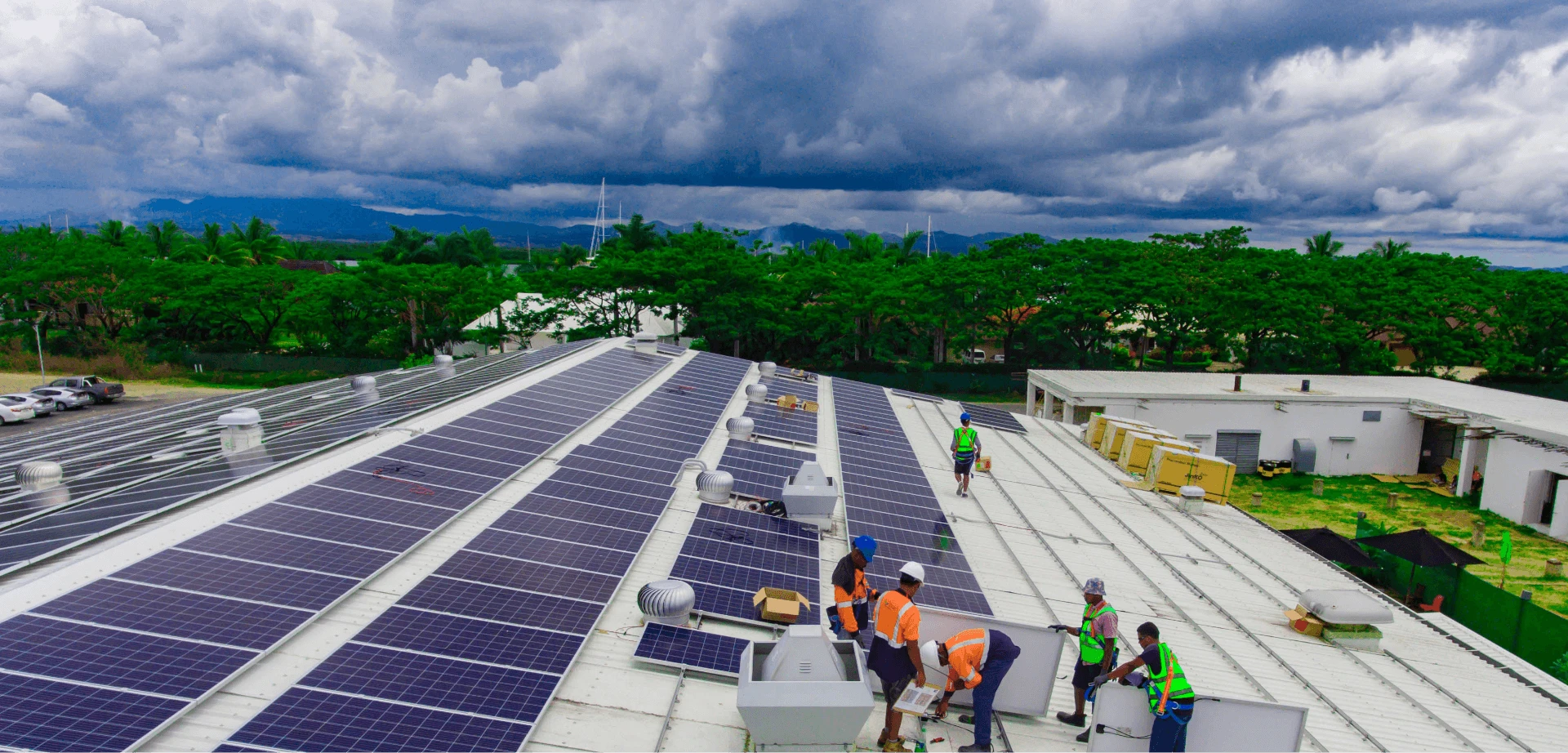
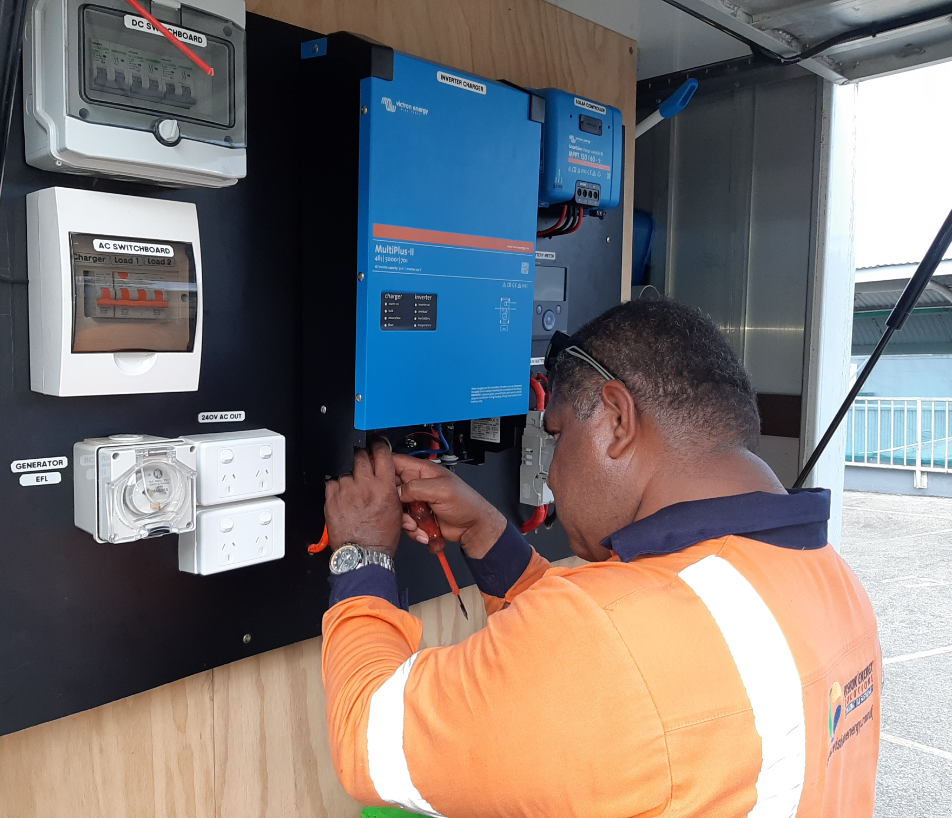

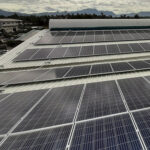
Wow, marvelous weblog format! How lengthy have you been running a blog for?
you made running a blog glance easy. The full glance of your web site is fantastic, as well as the content!
You can see similar here sklep online
Your mode of describing the whole thing in this paragraph is in fact
good, all can simply understand it, Thanks a lot.
I saw similar here: Sklep online
Hey there! Do you know if they make any plugins to help with Search Engine Optimization? I’m trying to get my blog to rank for some targeted keywords but I’m not seeing
very good success. If you know of any please share.
Kudos! You can read similar article here: Sklep internetowy
It’s very interesting! If you need help, look here: ARA Agency
Howdy! Do you know if they make any plugins to help with Search Engine Optimization? I’m trying to get my blog to rank for some targeted
keywords but I’m not seeing very good gains.
If you know of any please share. Cheers! You can read similar blog here:
Sklep internetowy
Good day! Do you know if they make any plugins to help
with Search Engine Optimization? I’m trying
to get my blog to rank for some targeted keywords but I’m
not seeing very good success. If you know of any please share.
Many thanks! You can read similar blog here:
Sklep
Howdy! Do you know if they make any plugins to help with SEO?
I’m trying to get my blog to rank for some targeted
keywords but I’m not seeing very good success. If you know
of any please share. Kudos! You can read similar article here: Sklep online
Howdy! Do you know if they make any plugins
to help with SEO? I’m trying to get my site to rank for some targeted keywords but I’m not seeing very good success.
If you know of any please share. Cheers! You can read similar text here: GSA List
Hello! Do you know if they make any plugins to assist with SEO?
I’m trying to get my website to rank for some targeted keywords but I’m not seeing
very good gains. If you know of any please share.
Cheers! I saw similar art here: Backlinks List
Howdy! Do you know if they make any plugins to help with
SEO? I’m trying to get my website to rank for some targeted keywords but
I’m not seeing very good gains. If you know of any please share.
Cheers! You can read similar text here: Scrapebox List
zestril 40 mg tablet